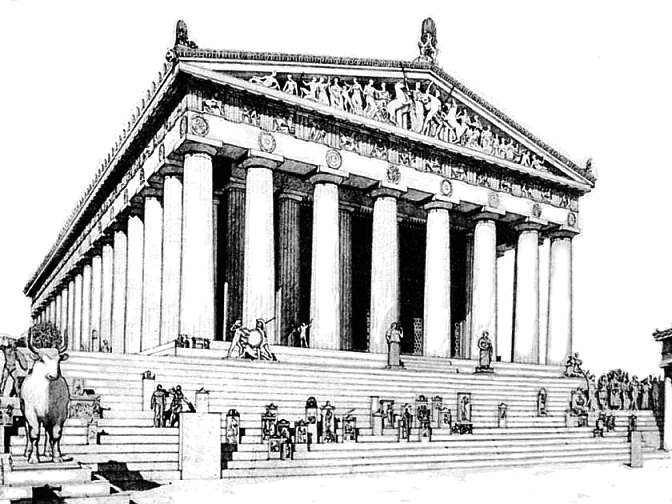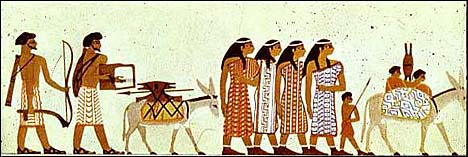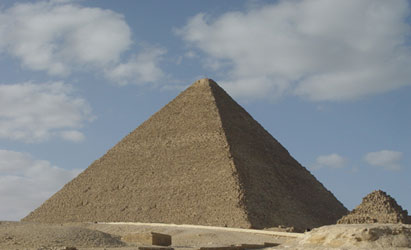"Pleasure is the beginning and end of a blessed life. I know not how I can concieve the good, if I withdraw the pleasures of taste and withdraw the pleasures of love and those of hearing and sight. The beginnning and the root of all good is the pleasure of the stomach; even wisdom and culture must be referred to this. The pleasure of the mind, we told, is the contemplation of pleasures of the body. Its only advantage over bodily pleasures is that we can learn to contemplate pleasure rather than pain, and thus, have more control over mental than over physical features."(source)Epicurus' philosophy covers so many things, but his main philosophy covers how to live a good life. He obviouly thought that living a good life and having good things was going to make you happy. Epicurus believed that the highest pleasure was tranquility and freedom from fear. You reach this by having good friendships, knowledge, and living a good and happy life. Epicurus philosophy later recieved a name. The name of his philosophy was Epicureanism. His philosophy also covered marriage, sex, friendships, politics, and the different gods. Epicurus beleived that in order to live a good, happy life, one must have great friendships with the people around them. He also believed that marriage and sex were pointless and had no meaning what so ever. Epicurus' philosophy was also very positive and happy. He was a very optimistic man who beleived that in any situation, whether good or bad, you can make the most out of it and be happy through everything.
"You don't develop courage by being happy in your relationships everyday. You develop it by surviving difficult times and challenging adversity." -Epicurus
"Of all the things which wisdom provides to make us entirely happy, much the greatest is the possession of friendship." -Epicurus
"It is impossible to live a pleasant life without living wisely and well and justly. And it is impossible to live wisely and well and justly without living a pleasant life." -Epicurus (online source)
I think that Epicurus' philosophy helped many people back in Greece and today because he teaches to be happy and be optimistic no matter what state of mind you are in and no matter what situation you are in. Just stay positive and you will be happy. His philosophy spread throughout the Greek civilization so quickly and people really used it. Overall, Epicurus was an intelligent man whose philosophy went a long way.
Book Sources
Russell,Bertrand. History of Western Philosophy. New York. Routledge. 2004
Online Book Source click here!





